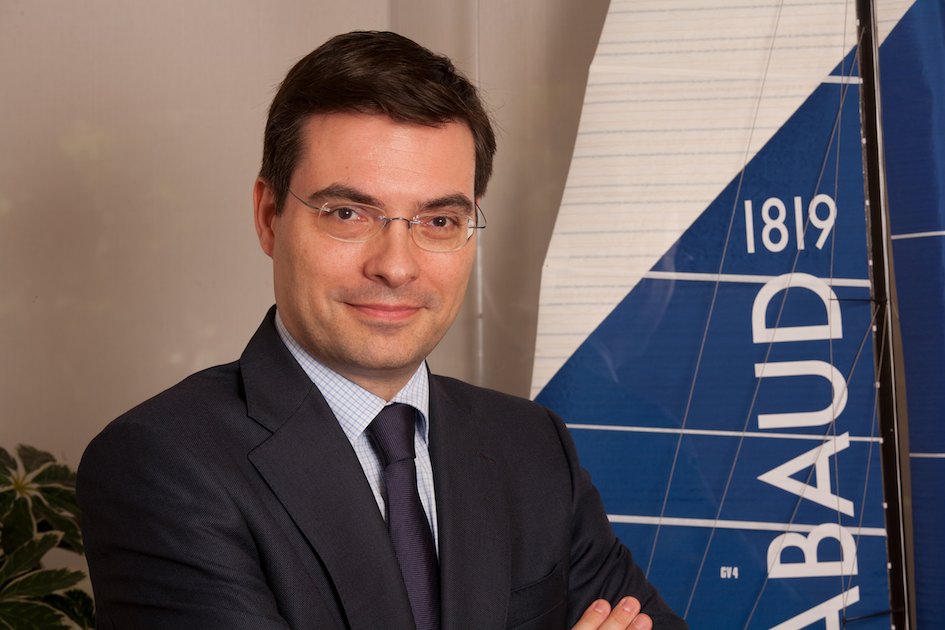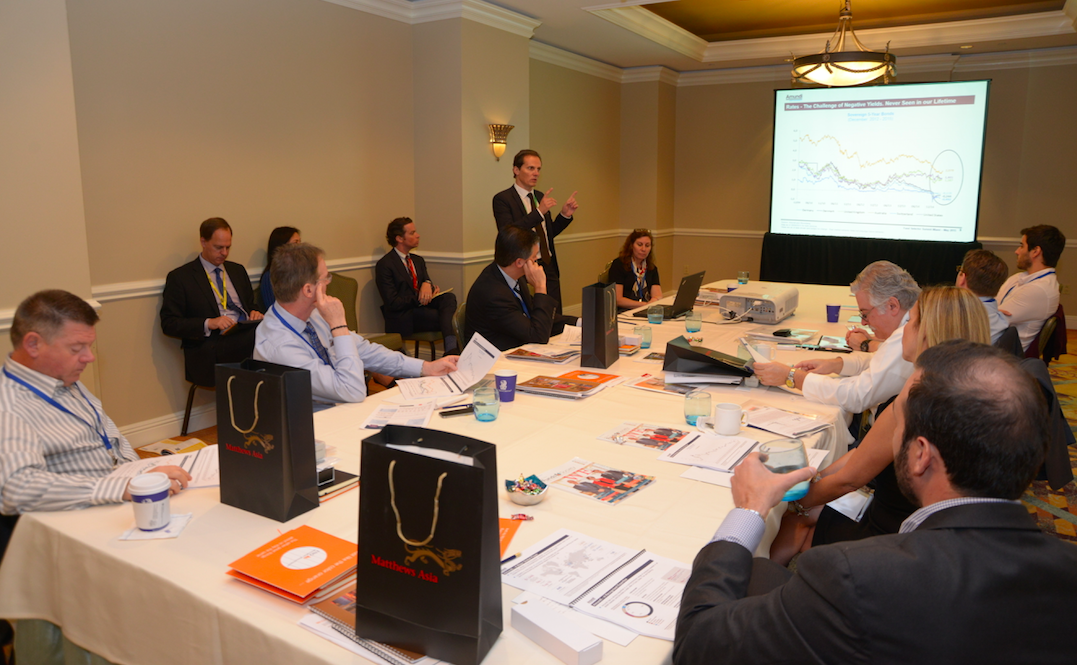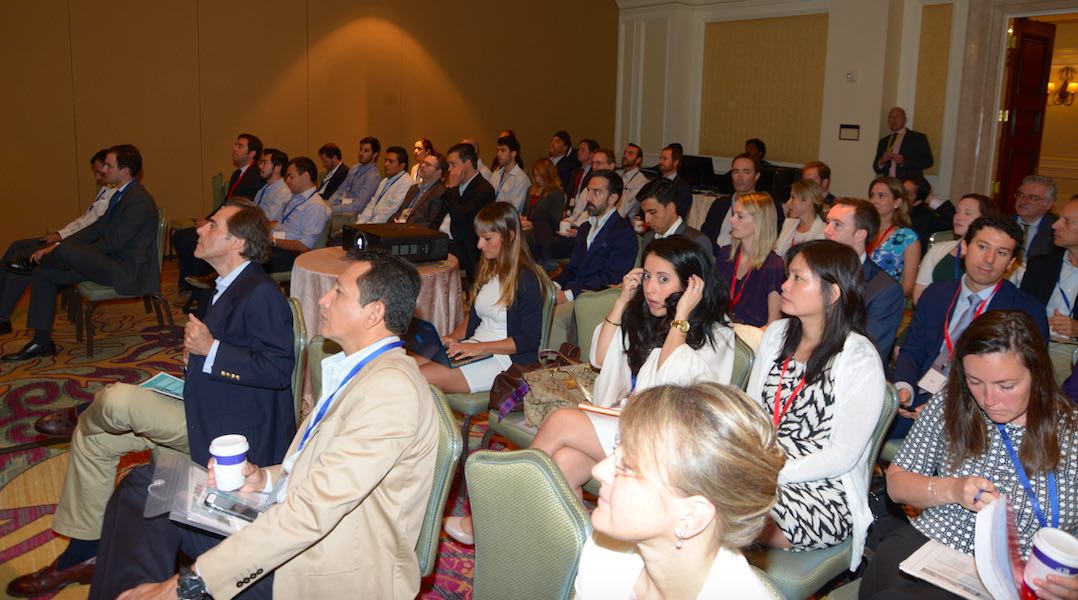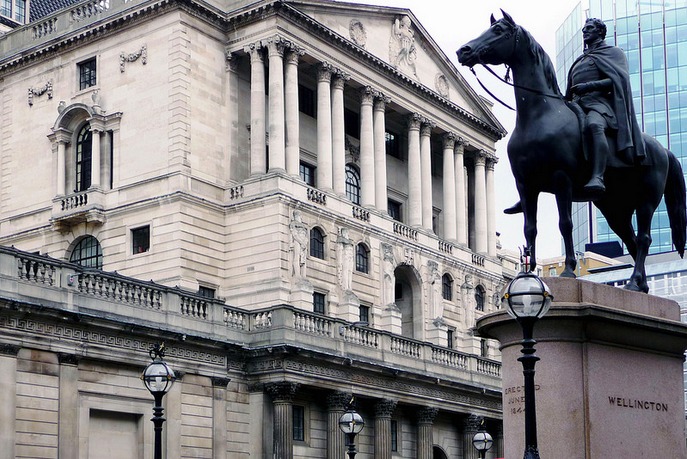Soaring US Dollar Masks Strong Start to the Year for Global Dividends
| For Fórmate a Fondo | 0 Comentarios

Global dividends fell to $218bn in the first quarter, down 6.3% year on year, the second consecutive quarterly decline and the sharpest since the first quarter of 2010, according to the latest Global Dividend Index from Henderson. However, this disappointing headline picture masks a more encouraging underlying one. Underlying growth, which strips out special dividends, currency movements, and other factors, was in fact up 10.9% year on year.
The severity of the drop in the first quarter is mainly because Vodafone’s $26bn special dividend paid last year was not repeated, but the sharp rise in the US dollar also made a significant impact. This means the value of dividends paid in a variety of currencies is translated back into US dollars at a lower exchange rate, costing dollar based investors $15.9bn in the quarter. For individual regions, especially Japan, Europe, and Emerging Markets, the effect is very pronounced. The impact on the headline growth rate in Q1 was to deduct seven percentage points, the largest exchange rate effect in any quarter since Q2 2011.
The US dominates the first quarter, accounting for more than half the global total, so the rapid growth in dividend payments from US companies had a very positive impact on the quarter. US companies paid out a record $99.4bn in Q1, up 14.8% at the headline level, (+11.2% underlying).
This is the fifth consecutive quarter of double digit increases, cementing the US as the engine of global dividend growth. All sectors in the US raised their dividend payouts growth, except for insurance and US dividends have outstripped the global average significantly since 2009. In Canada, headline dividends fell 4.5% to $8.8bn, with the fall due almost entirely to the weakness of the Canadian dollar. Underlying payouts rose a very positive 9.8%.
Europe and Asia Pacific
The first quarter is a very small one for Europe, accounting for just one seventh of the annual total payout. European dividends fell 2.0% (headline) to $34.3bn, with a $6.1bn currency loss deducting 18 percentage points from the dollar growth rate. By contrast, underlying growth in Q1 was impressive, at 15.2%, though this will be hard to sustain all year. Very few companies made payments, but the fastest underlying growth came from Germany, Spain, and France, while other countries had a more mixed performance. Swiss companies Roche and Novartis were the two largest payers in the world in Q1, together distributing $13bn. Japan, also a small payer in Q1, followed a similar trend of good underlying growth pulled down by currency weakness.
In Asia Pacific, dividends of $12.7bn were 11.7% higher than a year ago on a headline basis, but were up 18.3% underlying. Currency was the biggest adjustment factor, as a result of the sharply weaker Australian dollar, though Australia had the fastest growth in the region on an underlying basis, comfortably outstripping Hong Kong and Singapore.
Emerging Market dividends were boosted strongly by Russia. They rose 13.7% on a headline basis to $15.6bn, but were up 30% on an underlying basis, after currency declines and other adjustments were taken into account. Russia, unpredictable as ever, more than doubled its payout in dollar terms (trebled in rouble terms), after a poor 2014. Brazil, down in headline terms, showed growth after adjusting for the low Brazilian real, while total Indian dividends declined.
Industry perspective
From an industry perspective, financials and consumer industries grew rapidly, with the US leading the way. Healthcare, the second largest payer in the first quarter, has seen relatively subdued dividend growth of late and this was pulled down further by lower exchange rates in Q1. Utilities continued their poor performance, falling 13.6% year on year (headline). They remain the worst performing industry in recent years, from a dividend growth perspective.
As the US dollar extended its gains into the second quarter, offsetting a slightly stronger than expected underlying performance from a number of regions, Henderson has reduced its forecast for the year from +0.8% to -3.0% (headline), taking total dividends to $1.134 trillion, $42bn less than the forecast we made in January. Henderson expects underlying growth to be +7.5%, slightly stronger than Henderson’s initial forecast of 6.9%.
Alex Crooke, Head of Global Equity Income at Henderson Global Investors said:
“The effect of the strong dollar is set to be even greater in the second quarter when Europe and Japan pay a large share of their annual dividends. In fact, if the current exchange rates persist, the impact could be as much as $40bn. In any given period, exchange rates can have a very large effect on dividend payments, but our research shows that over time they even out almost entirely, so investors can largely disregard them if they take a longer term approach.
“Despite our lower forecast, there are many reasons for optimism. Japan, the second largest stock market in the world, is undergoing a cultural shift towards higher dividend payments, unlocking large cash piles from what has traditionally been a low yielding part of the world, while in Europe, though dividend growth is modest, it is tracking somewhat higher than we expected. Meanwhile the US goes from strength to strength, and is likely to break new records this year.
“With interest rates and bond yields likely to remain at relatively low historic levels, equity income investing has a significant role to play in meeting investors’ income needs. Over time, the risks to dividend growth are significantly smaller if you look beyond the confines of your own domestic stock market.”

















